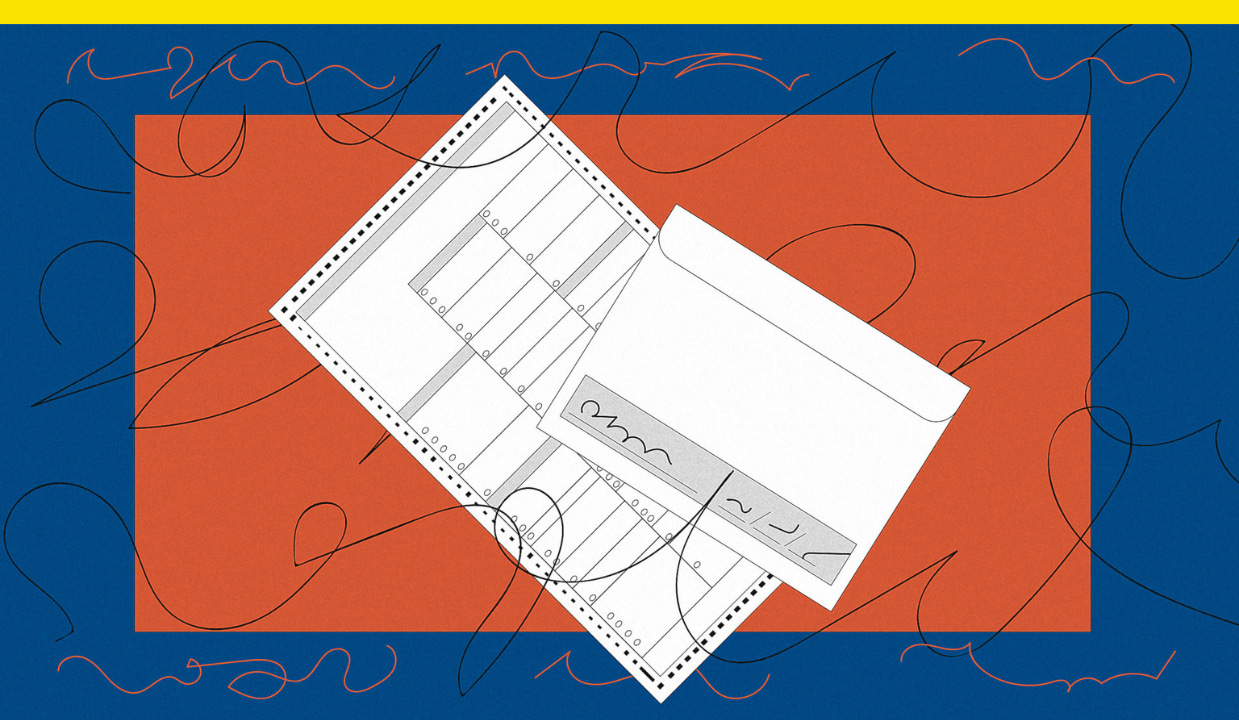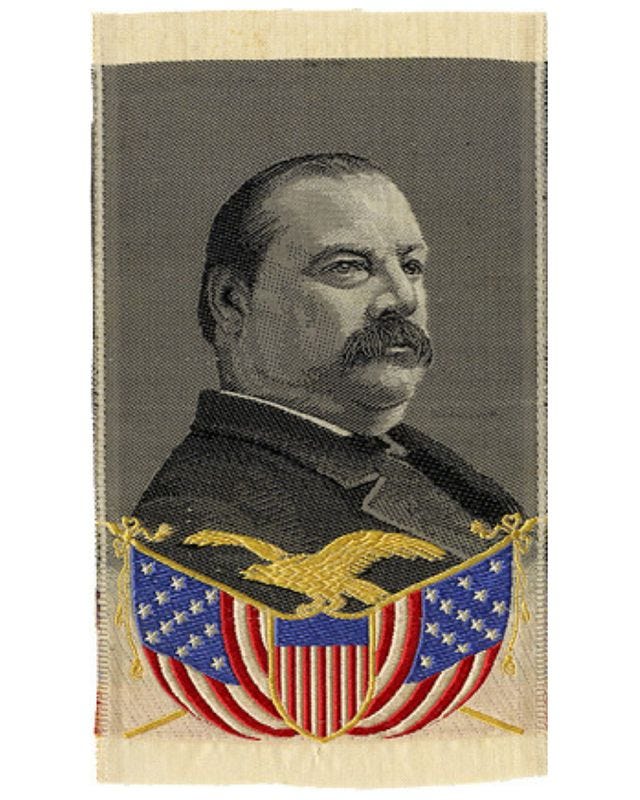How illustrator Edel Rodriguez sees his work ahead of a second Trump term
Plus: Since young voters aren’t taught cursive, their ballots sometimes get rejected
Hello, in this issue we’ll look at the first illustration artist Edel Rodriguez shared following former President Donald Trump’s win, and the problem with mail-in ballot signature verification in an age when more young voters don’t have a signature.
Scroll to the end to see: why so much was spent on political advertising in the last week of the campaign 💸
How illustrator Edel Rodriguez sees his work ahead of a second Trump term
Artist Edel Rodriguez, who published more than 125 satirical illustrations and 25 magazine covers depicting Donald Trump during his first term in office, posted an illustration Wednesday morning of Trump as a knife dividing the world.
It’s an unpublished illustration from 2018, Rodriguez tells me. “I was frustrated this morning and didn’t want to make anything new,” he says. “It gets to the point of what has happened. I think Trump didn’t just divide the nation, I think he’s divided the world.”
The illustration also marks a new chapter for the artist, and an evolution in his art’s motivation, from canary-in-the-coal-mine messenger to a catalog for the history books of what this election will bring.
Rodriguez’s personal history deeply informs his work. The illustrator, who was also an art director for Time magazine, was born in authoritarian Cuba before moving to the U.S., and compares Trump’s rhetoric to that of Fidel Castro’s. “My background is that of an immigrant, someone who came from a country where we experienced tyranny and a dictatorship—in Cuba,” he told Fast Company in 2018. “I know what I’m talking about.”
No matter the ultimate shape of the Trump character he designs, whether a ballot box, the executioner of Lady Liberty, or in his most recent post, a knife, some elements remain constant. Rodriguez’s works depict Trump as bright orange—like a warning cone—without eyes but always with a gaping, screaming black mouth.
“If he would’ve won [a second term], I would’ve stuck with it,” Rodriguez said of the work following Joe Biden’s presidential election win in 2020. “I do this because it’s a duty.”
Rodriguez continued with the style throughout the 2024 campaign, and says he will continue taking on assignments as they come, though the purpose of his art has changed since Trump’s 2016 run.
“In 2016 I was warning people, ‘Hey, this is what you’re voting for, this is who this guy is,’” Rodriguez says. “That was the purpose of my images then. Right now, to tell people, ‘Hey this guy’s awful’ . . . we all know he is but you still voted for him, so what does that serve?”
“I think some of the work going forward would be to not warn, but just to mark it, to say ‘This is who you voted for, this is what you own,’” Rodriguez adds, particularly if Trump delivers on his most extreme campaign promises, like mass deportations or jailing his enemies.
The artist says his work will “keep a record of these years,” as well make people realize “they’re not alone” when they hear Trump gaslight or lie. “I feel like I can connect with people and say, no, actually he is doing this. . . . Here’s a visual image.”
Since young voters aren’t taught cursive, their ballots sometimes get rejected
The death of cursive has become a problem for voters and election officials.
Young people who vote by mail and were never taught cursive risk having their ballots tossed if the signature they sign on their mail-in ballot envelope doesn’t match the signature on file, which the state uses to verify their identity. That’s what happened in Nevada to some 28,000 voters on Election Day.
The voters have until November 12 to “signature cure” their ballots, or verify it’s their signature signed on the envelope. As Nevada Secretary of State Francisco Aguilar told The Washington Post, “more Nevadans than ever sign their names on digital screens that may look different than their pen-to-paper signatures,” especially young people who “may not have a set signature developed yet.”
Cursive has been falling out of fashion for a while now, and it’s had a range of cultural implications. It’s prompted the federal government to seek volunteers who can transcribe historical documents written in cursive before it becomes as indecipherable to the average American as hieroglyphics.
Cursive’s declining popularity has also prompted rebrands. Eddie Bauer retired its script logo, while in Maryland, Washington College changed its logo, which used George Washington’s signature, saying it “was difficult to read and not immediately recognizable for many prospective students,” and blaming the fact that cursive is no longer being taught universally in K-12 education.
Nevada is one of 33 states plus the District of Columbia that lets voters know if their absentee or mail-in ballot has problems and allows them to “cure” them within a window of time after Election Day, according to the National Conference of State Legislatures. Still, more than 560,000 total ballots were rejected—typically due to minor errors—across the U.S. in the 2020 election. That’s about 1% of the vote.
As the number of voters who’ve been taught cursive shrinks, the number of rejected ballots could grow. Election officials would be wise to start thinking about how to redesign the absentee and mail-in voting experience now for a future in which even more voters lack a consistent signature of their own.
Have you seen this?
The New Yorker had a Harris cover ready. Then Trump won. Artist Barry Blitt’s ink-splotch-esque Trump silhouette came together in less than an hour on election night. [Fast Company]
Nearly $1 billion was spent on political ads in the last week of the election. The vast majority of the almost $1 billion spent on ads this week has come in down-ballot races across the country. [CNBC]
Trump victory boosts book sales from "The Handmaid's Tale" and "1984" to "Hillbilly Elegy." “Fiction and non-fiction books that feature fascism, feminism, dystopian worlds and both right-and-left leaning politics rocketed up our sales charts with the election results,” says Barnes & Noble director of books Shannon DeVito. [CBS News]
History of political design
Grover Cleveland woven silk campaign portrait ribbon (1892). Cleveland, a New Yorker and the first Democratic president elected after the Civil War, was elected in 1892 to a second, non-consecutive term after losing the election four years earlier. He was the first U.S. president to do so, and the only one until Donald Trump in 2024.
Portions of this newsletter were first published in Fast Company.
Like what you see? Subscribe for more:







